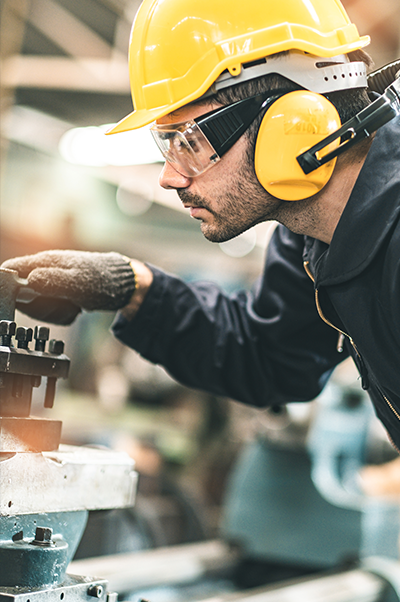Four Common Safety Hazards and How to Avoid Injury
Workplace injuries in the US continue to decrease each year, however eradicating accidents in the workplace is impossible, especially in environments such as industrial and commercial construction. Scott Boddy, General Manager of LEAD Dallas, Ft. Worth says, “Educating trade workers about the hazards of a job and teaching them how to recognize a safety risk are two ways any company can cut injuries in the workplace.”
No company wants their trade workers to be injured on the job. Besides concern for the general welfare of an employee, an injured worker can be costly to a company. Therefore, always report a safety hazard, whether it’s faulty equipment, a hazardous spill, or an object in a walkway. Scott says, “Your report could save you or a co-worker from injury.” Below are common hazard types to watch for:
Biological Hazards
Allergies, skin irritations, and infections are a few of the serious health issues that come from a biological exposure. Sources of biological hazards include bacteria or viruses, insects, plants animals, birds, and humans. Examples of these hazards include airborne pathogens, animal and bird droppings, blood and body fluids, mold and fungi, sewage, etc.
The best action an employee can take to stay safe in a biologic environment is to closely follow the guidelines and policies of the employer. “Safety guidelines are there for a reason – to keep workers as safe as possible,” says Scott. “When followed these guidelines can save a worker from exposure that may result in illness or injury.”
Chemical Hazards
Any worker can have accidental exposure to chemicals in the workplace. In the US, in 2020, there were 36,840 injuries in workplaces caused by exposure to harmful substances or environments, says Scott.
Unmarked and mislabeled containers of cleaning solutions, paints and other solvents are a common occurrence that leads to unnecessary and unsafe chemical exposure. Other exposures may occur with gases like carbon monoxide, helium, or propane. Pesticide use also is a risk that companies should inform workers of the possible exposure and provide training to avoid unnecessary exposure.
Scott, a welder by trade, says, “Welders wear goggles and protective gear to avoid excess exposure to vapors and fumes that come from welding. Workers need to be trained in how to use the protective gear and if trained and trained properly, a welder can decrease exposure.”
Physical Hazards
Physical hazards are factors or conditions within the environment that can harm your health.
Exposure to extreme hot and cold temperatures, high exposure to the ultraviolet rays from the sun or exposure to radiation are risks workers should avoid. However, if exposure is part of the job, a worker must be diligent in using safety protection specific to the risk. “For example, exposure to loud noise also can be harmful. Wearing earplugs, or headphones, when using loud equipment would minimize the risk of ringing in the ears or loss of hearing,” says Scott.
Scott also reminds skilled trade workers to refrain from using equipment they do not know how to use. Proper training on equipment should be a priority and is the key to decreasing workplace injury related to equipment and machinery.
Safety Hazards
The National Association of Safety Professionals includes Safety Hazards in their categorization of types of work hazards. These safety hazards include blocked aisles, spills on floors, machinery-related hazards, improper wiring, and more.
The most effective way a trade worker can avoid injury is to be aware of your surroundings and address any issues before you begin to work. Scott says, “Move the toolbox that blocks the doorway, or the power cord laying too close to a ladder. It’s the small hazards that are an easy fix and can make a great impact on safety.”
Another way to avoid on the job injury is to focus on the task you are performing; be aware of the activity you are working on and don’t allow yourself to get distracted. Concentrated focus on a specific task will help you to avoid unnecessary injury.
“The bottom line to avoiding injury or illness due to an unsafe environment is for a skilled trade worker to always be safety conscious; be aware of the area in which you work, know your surroundings, and know how to use equipment and tools required for the job,” says Scott. Working for a company committed to provide a safe workplace environment and trade-related safety training for trade workers also will help to avoid injury or illness on the job.
LEAD Dallas, Ft. Worth specializes in placing skilled trade workers in positions such as carpenter, electrician, millwright, plumber, welder, and more. If you are a quality skilled worker seeking a trade job through a staffing company who makes safety training for its workers a priority, then call Scott Boddy to get started!


